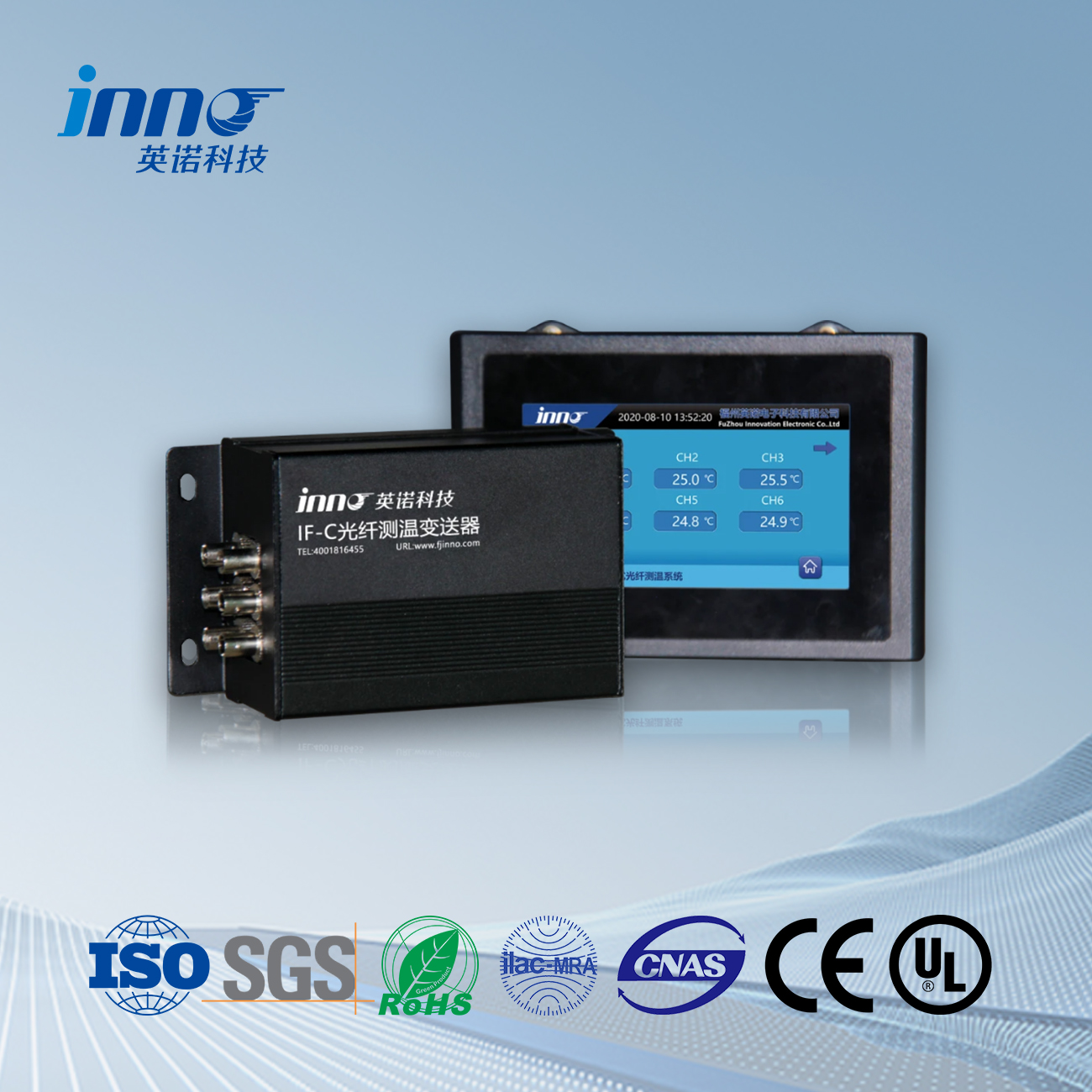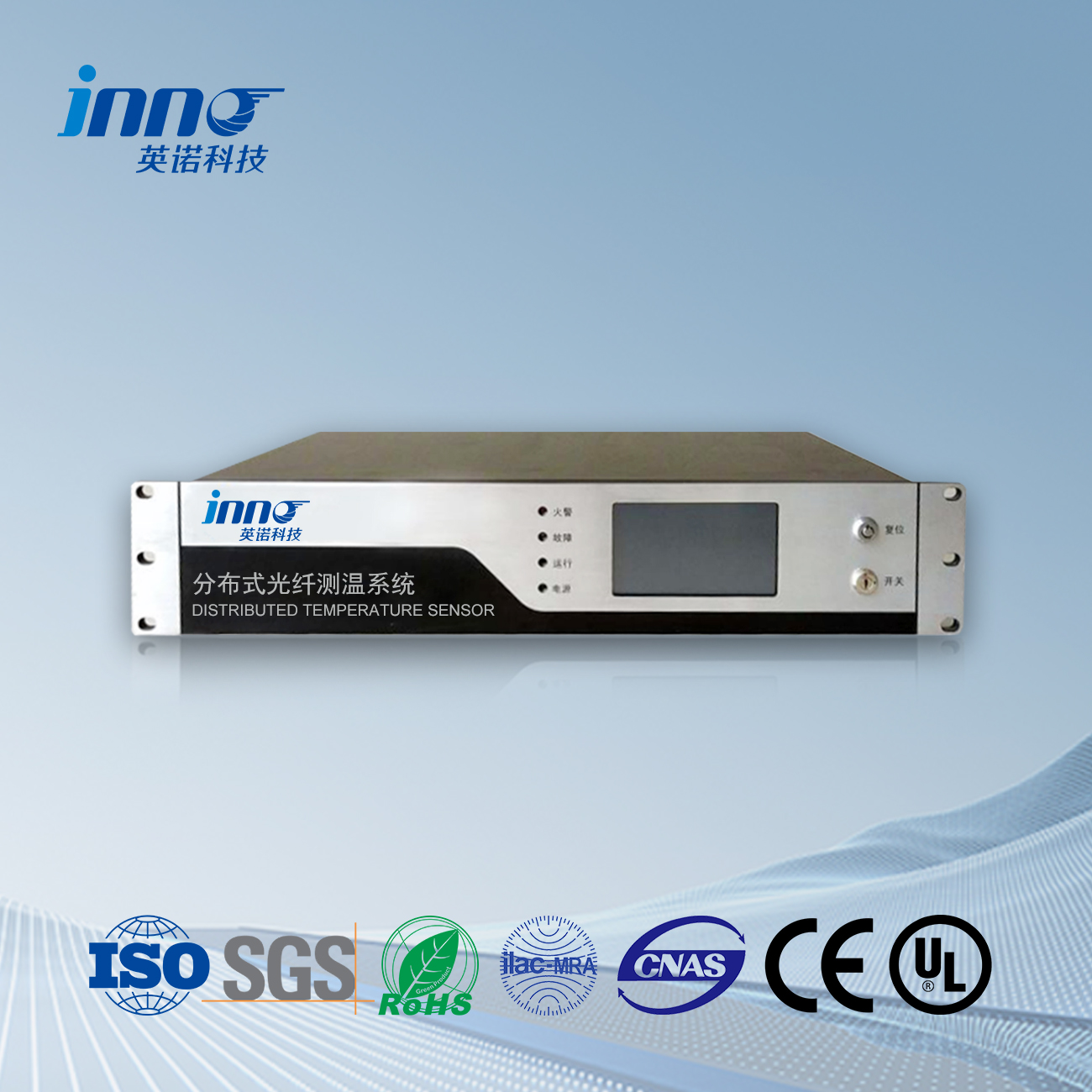Winding sensors are critical for real-time monitoring of transformer, generator, and motor windings. Accurate temperature data from winding sensors helps prevent overheating, extends equipment lifespan, and ensures operational safety. This guide covers the basics, types, selection tips, and highlights the advantages of fluorescence fiber optic winding sensors. We’ll also recommend the top 10 winding sensor manufacturers for 2025.
Table of Contents
- What is a winding sensor?
- Why are winding sensors important?
- Types of winding sensors
- Advantages of fluorescence fiber optic winding sensors
- Main applications of winding sensors
- How to choose the right winding sensor
- लट्टू 10 winding sensor manufacturers (2025)
- Conclusion
- FAQs about winding sensors
What is a winding sensor?
A winding sensor is a temperature sensor specifically designed to be embedded in or installed near the windings of electrical equipment such as transformers, generators, and motors. Its main function is to provide accurate, real-time measurement of winding temperatures to help operators monitor equipment health and prevent failures due to overheating.
Why are winding sensors important?
- Prevent insulation damage caused by excessive temperatures.
- Enable predictive maintenance and reduce downtime.
- Improve operational safety by detecting abnormal conditions early.
- Extend the lifespan of critical electrical assets.
Types of winding sensors
- Resistance Temperature Detectors (RTDs): Widely used, accurate, but sensitive to electromagnetic interference.
- Thermistors: Cost-effective, fast response, but limited temperature range.
- Thermocouples: Good for high temperatures, but require calibration and can drift over time.
- Fiber Optic Winding Sensors: Immune to electromagnetic interference, suitable for high-voltage environments, and offer precise, real-time measurements.
- Fluorescence Fiber Optic Sensors: The latest and most advanced, offering unmatched accuracy, response speed, and safety, especially in harsh or high-voltage environments.
Advantages of fluorescence fiber optic winding sensors
- Immunity to EMI: Not affected by electromagnetic interference, making them ideal for power transformers and generators.
- High voltage safety: No metal parts or electrical signals, ensuring absolute safety even in the most demanding environments.
- Long-term stability: No drift, reliable accuracy over years of service.
- Fast response: Real-time monitoring of rapid temperature changes.
- Compact and robust: Easy to embed within windings during manufacturing or retrofitting.
Main applications of winding sensors
- Power transformers: Continuous monitoring of winding hot spots to prevent insulation aging and failures.
- Generators: Accurate temperature profiling for windings in hydro, thermal, and nuclear power stations.
- Motors: Industrial motors, traction motors, and large drives benefit from improved reliability and safety.
- Reactors and chokes: Ensuring safe operation in power electronics and grid infrastructure.
How to choose the right winding sensor
- Consider measurement accuracy and response time.
- Check compatibility with your monitoring system (analog/digital output, protocol, आदि।).
- Assess installation requirements (new build or retrofit, space constraints, आदि।).
- Evaluate long-term stability and maintenance needs.
- For harsh or high-voltage environments, prioritize fluorescence fiber optic sensors.
लट्टू 10 winding sensor manufacturers (2025)
- FJINNO – Leader in fluorescence fiber optic winding sensors, global reputation for accuracy and reliability.
- Osensa – Advanced fiber optic temperature monitoring solutions for transformers and generators.
- Rugged Monitoring – Robust and scalable fiber optic sensing systems.
- Qualitrol – Provides a wide range of transformer monitoring and protection devices.
- Dynamic Ratings – Comprehensive transformer and asset monitoring systems.
- FISO Technologies – Specializes in high-precision fiber optic sensors.
- Opsens Solutions – High-performance optical sensors for industrial applications.
- SEL Inc. – Renowned for power system protection and monitoring technologies.
- ABB – Global industrial leader with a full range of transformer monitoring products.
- FiberSensing – Focused on optical fiber sensing for energy and infrastructure.
Editor’s Pick: If safety, यथार्थता, and long-term stability are your priorities, fluorescence fiber optic winding sensors are highly recommended for power transformers and generator applications.
Conclusion
Winding sensors are essential for the safe and reliable operation of transformers, generators, and motors. Among all available technologies, fluorescence fiber optic winding sensors offer the best combination of accuracy, सुरक्षा, and durability—making them the top choice for modern electrical asset management. Choose trusted manufacturers and integrate winding monitoring into your maintenance strategy to maximize equipment performance and lifespan.
FAQs about winding sensors
What is the best type of winding sensor for high voltage transformers?
Fluorescence fiber optic winding sensors are the best choice due to their immunity to EMI and absolute electrical isolation.
How many winding sensors are recommended for a transformer?
Typically, 3–6 sensors (one for each winding phase and neutral) are used to monitor hot spots in large power transformers.
Can winding sensors be retrofitted to existing equipment?
Yes, many fiber optic solutions are designed for retrofit installations, but best results are achieved when sensors are embedded during manufacturing.
What is the typical accuracy of fluorescence fiber optic winding sensors?
Industry-leading products offer ±1°C or better accuracy, with long-term drift less than 0.1°C/year.
फाइबर ऑप्टिक तापमान सेंसर, बुद्धिमान निगरानी प्रणाली, चीन में वितरित फाइबर ऑप्टिक निर्माता
 |
 |
 |
 INNO फाइबर ऑप्टिक तापमान सेंसर ,तापमान निगरानी प्रणाली.
INNO फाइबर ऑप्टिक तापमान सेंसर ,तापमान निगरानी प्रणाली.
